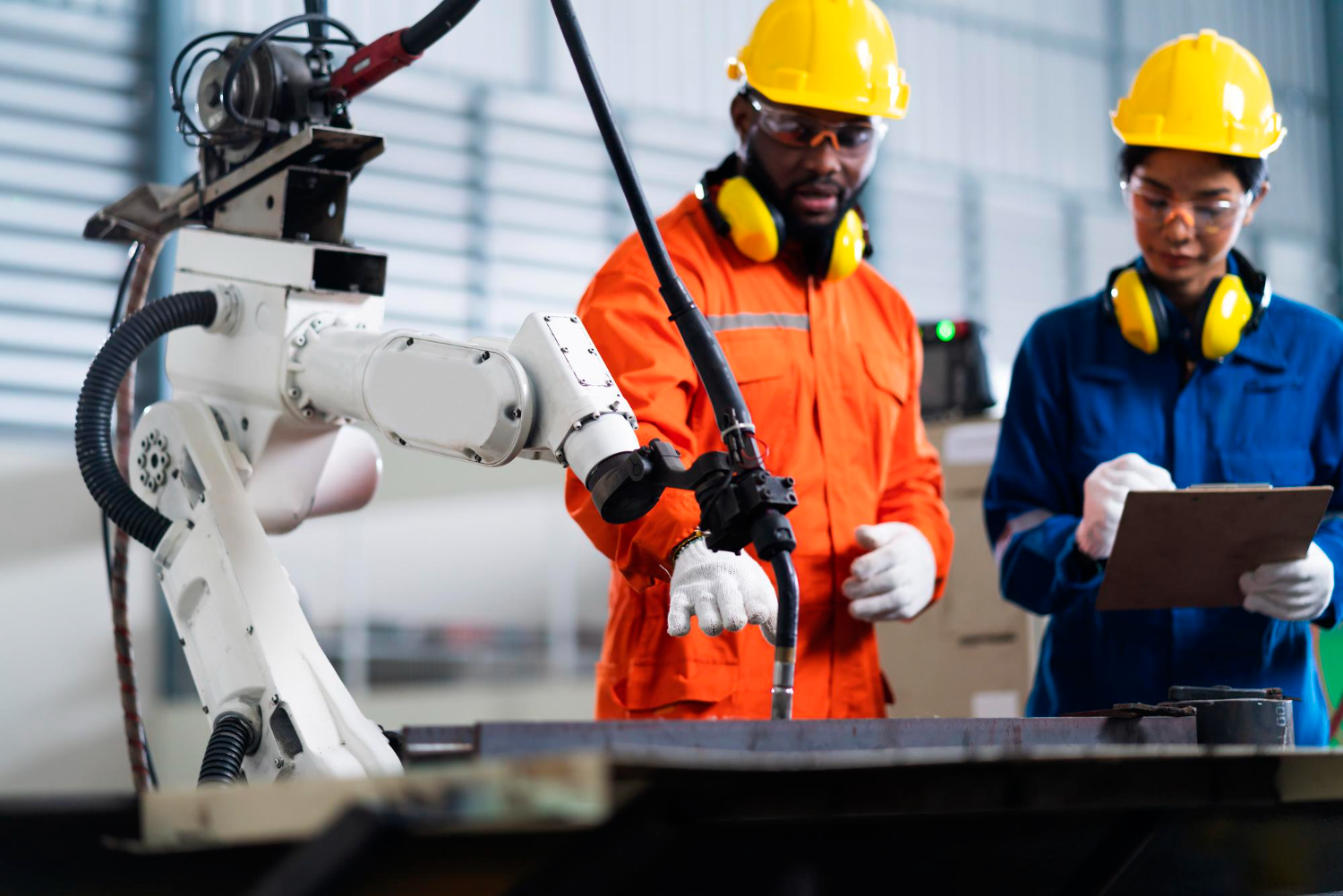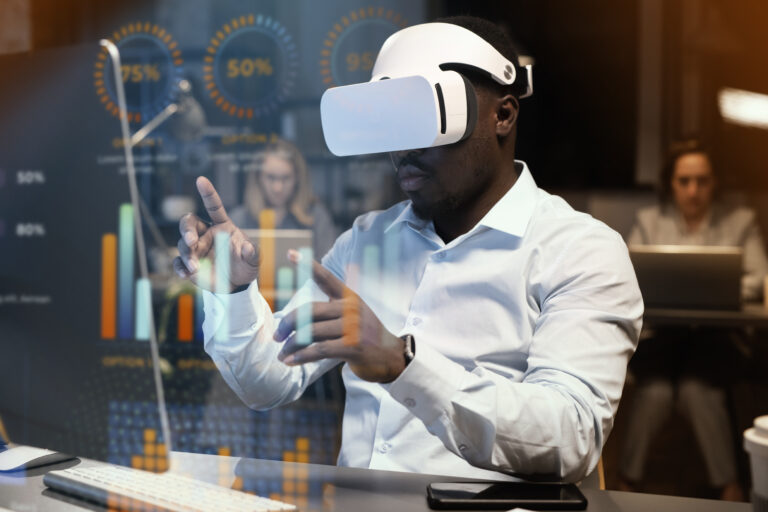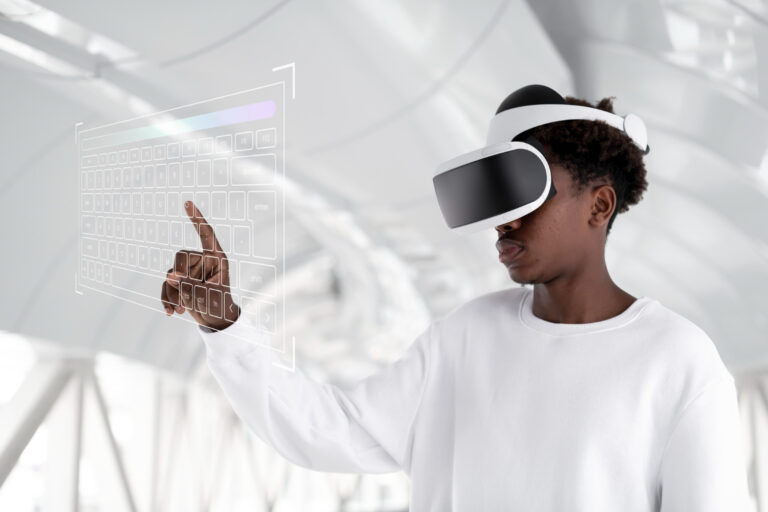How Robotics is Transforming Industries in 2025: From Warehouses to Surgery
How Robotics is Transforming Industries in 2025: From Warehouses to Surgery
Robotics in 2025 is no longer just about automated arms on an assembly line. Modern robots are adaptive, intelligent, and collaborative machines transforming how industries function. With the integration of AI, edge computing, and IoT, robots today are more capable than ever before, impacting sectors like healthcare, logistics, agriculture, manufacturing, and even retail.
In this article, we explore how robotics is revolutionizing operations, enhancing human capabilities, and shaping the workforce of tomorrow.
Breakthroughs in Robotics Technology
1. Cobots (Collaborative Robots)
Cobots are designed to work alongside humans safely. In 2025, they are widely used in:
- Assembly lines
- Packaging and palletizing
- Quality inspection
2. Humanoid Robots
Companies like Tesla, Honda, and Boston Dynamics are refining humanoid robots that:
- Perform human-like tasks
- Assist elderly care
- Guide customers in retail environments
3. Surgical Robots
AI-powered robots are now performing delicate surgeries with precision unmatched by humans:
- Orthopaedic and neurological procedures
- Minimally invasive techniques
- Real-time imaging and guidance
4. Agricultural Robots
Smart robots help in farming by:
- Detecting weeds and pests
- Planting and harvesting crops
- Monitoring soil conditions
5. Warehouse Automation Robots
Amazon, Alibaba, and FedEx deploy robots for:
- Inventory management
- Picking and packing
- Route optimization
Real-World Use Cases Across Industries
1. Healthcare
- Remote-controlled surgical robots
- Disinfection robots in hospitals
- AI nurses providing 24/7 care
2. Manufacturing
- Smart welding and assembly robots
- Quality control using computer vision
- Autonomous forklifts and conveyors
3. Logistics & Supply Chain
- Last-mile delivery drones
- Sorting robots in warehouses
- Route planning and fleet optimization
4. Construction
- Bricklaying robots
- Concrete printing robots
- Site surveying with drones and bots
5. Retail & Hospitality
- Customer service robots
- Robotic chefs and baristas
- Inventory scanning bots
Benefits of Robotics in 2025
- Increased productivity
- Reduced human error
- Enhanced worker safety
- 24/7 operational capabilities
- Lower operational costs
Challenges and Risks
1. Job Displacement
As with AI, robotics is automating roles in:
- Warehousing
- Retail
- Manufacturing
2. High Initial Investment
The cost of deploying robotic systems can be prohibitive for small businesses.
3. Ethical Concerns
- Robot rights and responsibilities
- Use of robots in warfare
4. Cybersecurity
Connected robots are susceptible to hacking, posing operational and safety risks.
Future Trends in Robotics
- Integration with AI and IoT
- Bio-inspired robotic designs
- Tactile sensing and emotional recognition
- Swarm robotics in agriculture and search-and-rescue
Top Robotics Companies to Watch in 2025
- Boston Dynamics
- Tesla Robotics
- ABB Robotics
- iRobot (Roomba)
- Agility Robotics
- Universal Robots
How to Get Started in Robotics
Skills Required:
- Programming (Python, C++)
- Electronics and embedded systems
- AI and ML basics
- Mechanical engineering principles
Learning Platforms:
Conclusion
Robotics is more than just a technological trend — it is the backbone of the next industrial transformation. From assisting surgeons to delivering packages, robots in 2025 are intelligent, reliable, and increasingly essential. Businesses and professionals who embrace robotic solutions will be at the forefront of efficiency, safety, and innovation in the modern era.






